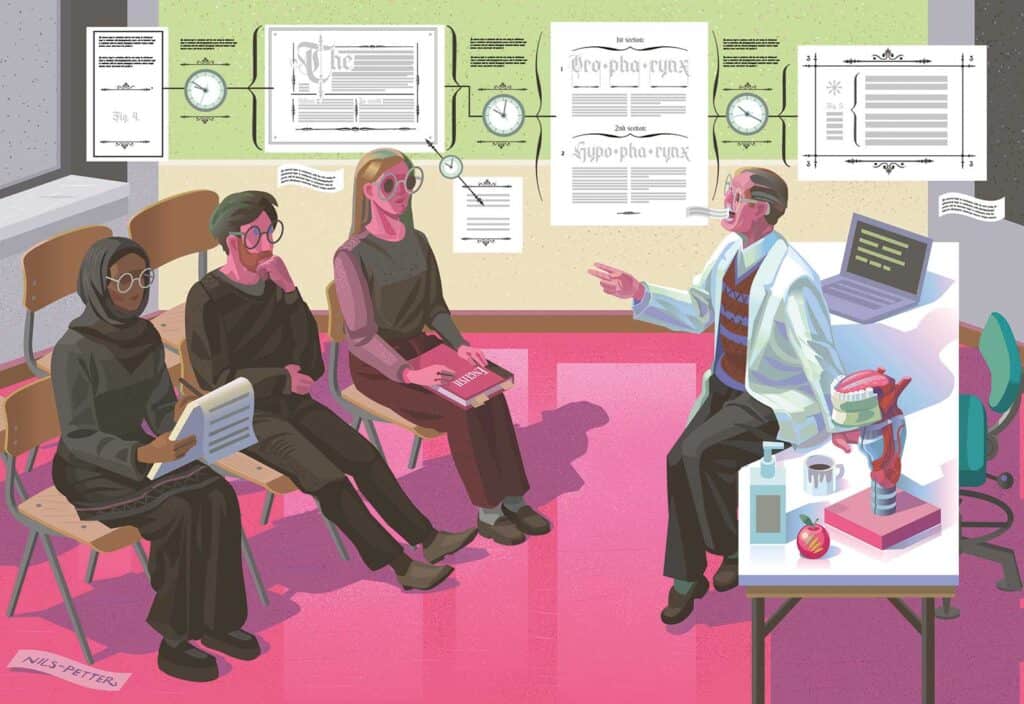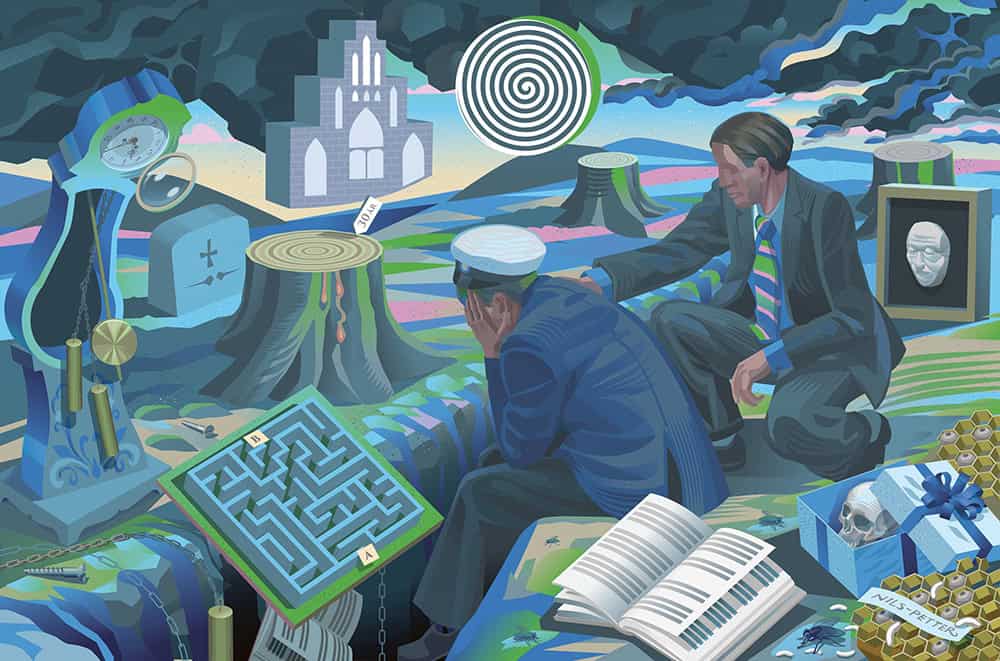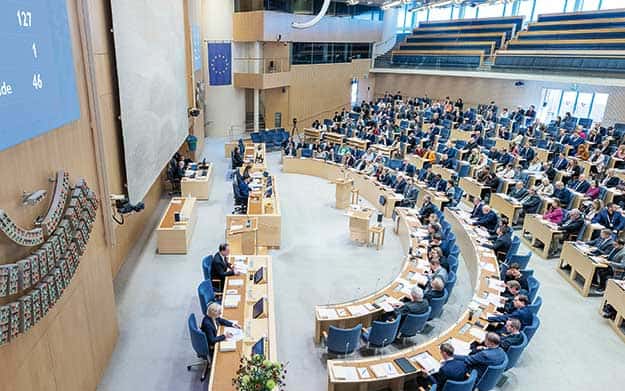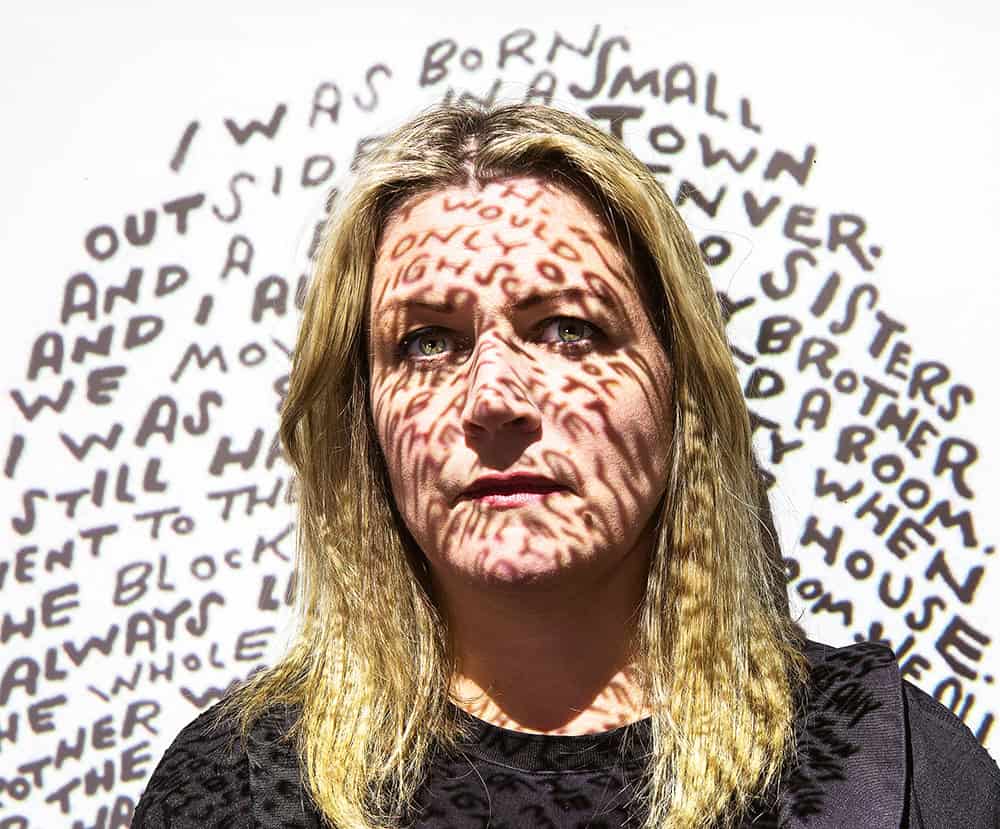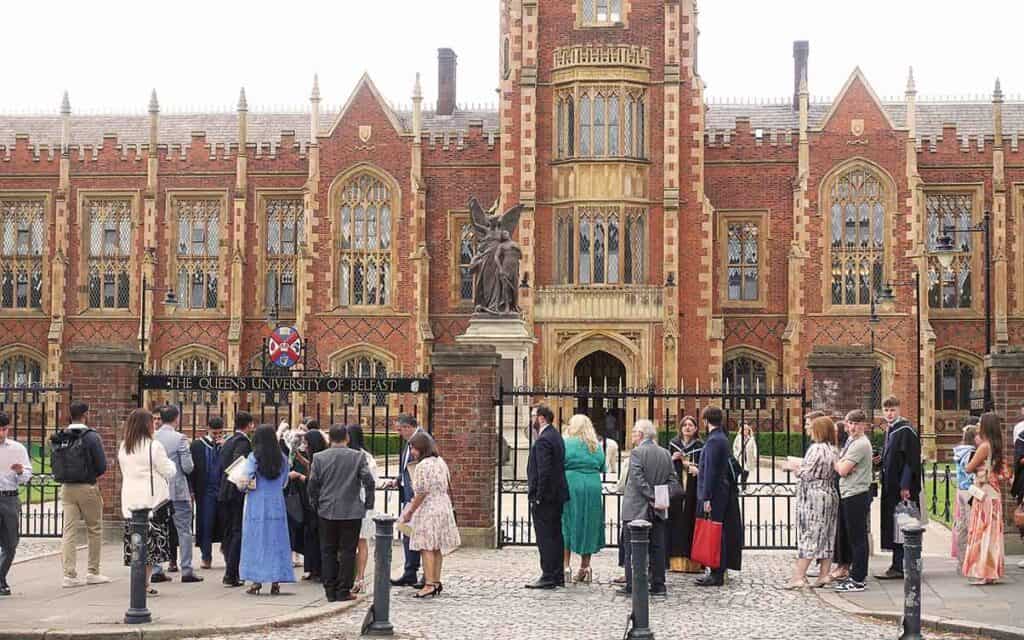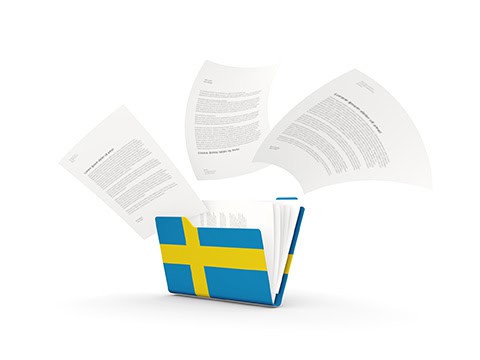The words should stir emotion. The researcher reports on a study on a burning issue that concerns everyone. But the text is dull.
Author and editor Magnus Linton says that research results are often interesting but poorly presented. They need to be put in relation to things like worldviews, ideologies or privilege in order to shine. A strong text can be read from different perspectives and is not afraid to take risks.

Photo: Cato Lein
Guide through the minefield
The researcher protests, worried about being perceived as having a position or opinion.
“It’s a common misconception in the world of research that anyone who raises a controversial topic is also taking a position,” says Linton. “The best thing about professional storytelling is being able to guide a reader through a minefield – full of conflicts, clashing perspectives and difficult dilemmas – without participating in the battle oneself,”
Through the project ”Text and Style”, which is run by the Institute for Futures Studies and the publishing foundation Natur & Kultur, he helps researchers to write more vividly and to reach wider audiences with their knowledge. His book Text & Stil – om konsten att berätta med vetenskap (Text & Style – the art of telling stories with science, published by Natur & Kultur) came out in 2019.
“Researchers who can express themselves fluently have access to both the general public and research grants. But the most important part of my work is that many people actually think that the writing process itself is fun and so want to develop their skills.”
Challenge the reader
There are some simple techniques to create a more vibrant relationship with readers, explains Linton. For example, many researchers have a teaching tone when they meet a larger audience.
“But as a reader, I don’t want to be taught. I want to be challenged, to go into a problem and to have a dialogue with the writer.”
As a writer, you have just a few paragraphs to capture the reader’s interest, he continues. So it is important to arouse their curiosity quickly with something that is new, controversial or eye-opening.
Start with something specific, with a scenario or an example. Specificity creates a dynamic and brings the text to life. Let the paragraph end in a dilemma, a conflict or a controversial quote. Then use different scenarios and examples throughout the text to strike a good balance between the concrete and the abstract.
“I usually encourage researchers who want to write for a larger audience to collect things that exemplify their research. Anything from your newsfeed to movies, novels and quarrels with your partner can be used if they contain something that can illustrate your research.”
Thin on facts or overloaded
Magnus Linton feels that many research texts are either thin on facts or overloaded with them. Some texts contain exciting analysis, but need more evidence in order to be credible. Others become long lists of facts with trivial analysis.
“The text needs to provide interesting answers to both what has happened: new facts, and why it has happened: unique analysis.”
End the text by asking a new challenging question or by giving the reader a genuinely eye-opening experience.
The Department of History of Ideas and Science at Uppsala University has tested Magnus Linton’s advice. Linton worked there in the winter of 2017–2018, helping staff write more freely.
“It’s difficult to prove unequivocal causality, but there is no doubt that we received more research money than ever before when he had spent time working with us,” says Frans Lundgren, the head of department.



